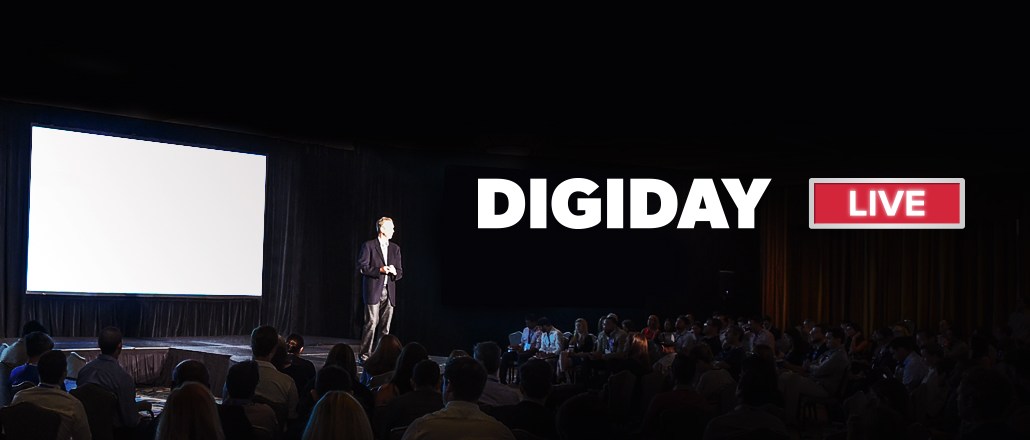
Subscribe on iTunes or Stitcher.
In 2013, Coca-Cola took a risk: It replaced its corporate website with “Journey,” a site dedicated solely to storytelling and reporting in Coca-Cola’s positive, bubbly brand voice, staffed by a team of brand journalists.
At the Digiday Content Marketing Summit in August, Coca-Cola’s global group director for digital communications and social media, Doug Busk, shared what the 130-year-old brand has learned through this pivot to publishing. “We’re never getting into an impressions game,” he said. “We focus on how engaging the content is.”
Since “Journey” is an owned media outlet with no revenue share, its writers can focus on telling the most interesting stories possible that will garner the most engagement, Busk said. To measure how the content was performing, Coca-Cola created an internal metric called Expression of Interest (shortened to EOI) that is skewed toward measuring shares and comments over other indications of interest.
Listen to Busk in the clip above. And look out for Friday’s Digiday Live episode from the content marketing summit featuring Jason Wiley, vp of content and integrated marketing for the Philadelphia 76ers, on how the sports franchise uses different touch points to engage with its audience.
To hear more about media is changing straight from the people making it happen, subscribe to Digiday Live on iTunes or Stitcher.
More in Marketing

Zero-click search is changing how small brands show up online — and spend
To appease the AI powers that be, brands are prioritizing things like blogs, brand content and landing pages.

More creators, less money: Creator economy expansion leaves mid-tier creators behind
As brands get pickier and budgets tighten, mid-tier creators are finding fewer deals in the booming influencer economy.

‘Still not a top tier ad platform’: Advertisers on Linda Yaccarino’s departure as CEO of X
Linda Yaccarino — the CEO who was never really in charge.





